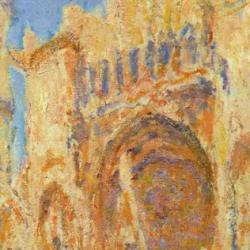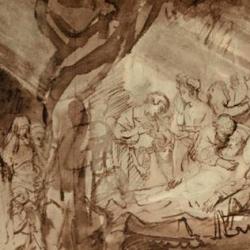Gabriel Josipovici summarizes the story of Palti in 1-2 Samuel, the man to whom Saul gives Michal after David is driven into outlawry, and who follows Michal weeping when David demands his first wife back. What is this guy doing here, introduced only to weep and disappear from the text?
Josipovici points out: “No self-respecting creative-writing teacher today would allow a student to bring in a character like Phalti only to drop him again for ever. We want him either developed or excised altogether. The Bible does not do this. Is it because of the clumsiness of the writer? Or because something has dropped out of our text?”
This is not an isolated example, as Josipovici points out, referring to the story of Tamar and Judah in Genesis 38. The reticence of the biblical writers is frustrating because we expect something else: “What are you trying to say, we cry out, what is the point, the point, the point? If Phalti has a role in this story, then for God’s sake tell us what it is! If the birth of Judah’s twins is that important, then don’t just slip it in at the end of a chapter and go on to something completely different!” The openness of the biblical story is unnerving to us.
Josipovici attributes this frustration not to a problem with the text, but to problems with our expectations as readers. We want consolation; we want things to be neatly tied up and explained. But the Bible does not console. It is “above all realistic.” This realism, he suggests, is evident in the way that election is dealt with in Scripture. Scripture does not present election to raise questions about the arbitrariness of God; Scripture simply assumes the reality of unexplained inequities in life, and sets about to present various responses to that, focusing on the questions “How do we respond to the unfairness of life? How do we respond to the privilege of being chosen, of being the favourite child, say, and how do we respond to the disappointment of being rejected, of not being the parents’ favourite?”
The appearance and disappearance of characters in the story has a similar function. It shows us that the story that the Bible is tracing – the story of David, in this case – is not the only story going on. While we go on with the story of David, Palti’s presence in the story shows that there is a larger world that we are not following, and this has the effect of “decentering” the reader. Josipovici says that “the Bible is a radically decentred book: it seems to deal with a straight line going from Adam to David to exile to return, but every now and again it opens a window onto another landscape, even if, as here, only for a moment. We are made to feel that we are not . . . the centre of the universe, but only a tiny part of it.”















